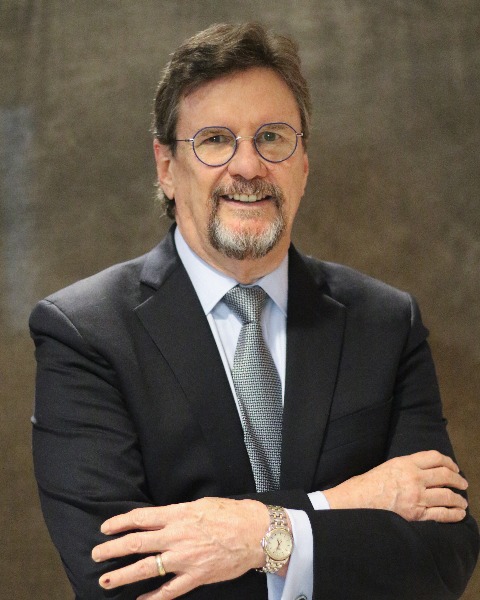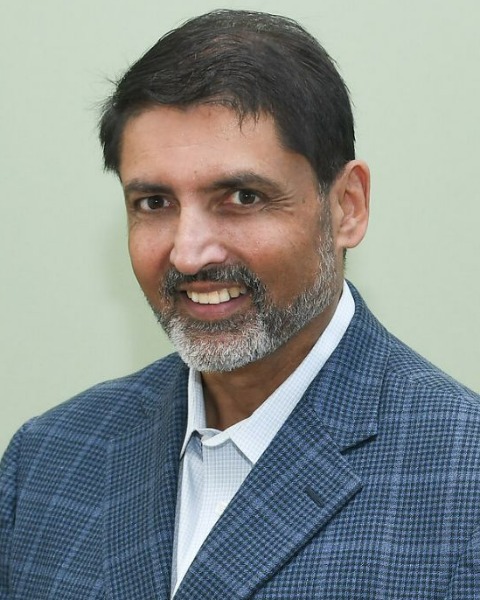Legal, Ethical, and Professional Issues (LEPI)
PP902 - Utilization of a Workforce Model to Evaluate Retention Within the Audiology Profession

Victor Bray, PhD
Associate Professor
Salus University
Salus University
Elkins Park, PennsylvaniaDisclosure(s): No financial or nonfinancial relationships to disclose.

Amyn M. Amlani, PhD
President
Otolithic Consulting
Frisco, TexasDisclosure(s): Otolithic, LLC: Consultant (Ongoing), Employment (Ongoing), Grant/Research Support (Ongoing), Royalties (Ongoing), Speaker/Honoraria (Ongoing)
Lead Presenter(s)
Presenter(s)
Previous work (Bray & Amlani, AAA, 2021) established that between 1999 and 2019, the workforce growth rate for audiology (5%) was less than the comparable healthcare professions of optometry, SLP, PT, and OT (78%). Additional work (Bray & Amlani, AAA, 2023) established that the educational pipeline into the workforce, measured as percentage of graduates against workforce size, for audiology (5.7%) was comparable to the professions of optometry, SLP, PT, and OT (5.4%). These findings lead to a hypothesis that the retention rate of audiologists is not comparable to the retention rate in similar healthcare professions. This poster tests that hypothesis.
Summary: Rationale / Purpose: Professions must maintain a workforce to meet the societal needs of the profession. At a time when there are increasing demands on the workforce to provide healthcare services during the graying of America (see Windmill & Freemen, 2013, JAAA; Bray & Amlani, 2022, Audiology Practices), the audiology workforce is not growing at a sufficient rate. For comparison (see Bray and Amlani, 2021, AAA Poster), the 20-year growth rate for audiology (5%) is a fraction of the growth rate for the healthcare professions of optometry (84%), OT (69%), PT (78%), and SLP (80%).
Workforce modeling utilizes the equation that workforce growth (WFG) equals the inflow (IN) minus the outflow (OUT). For a profession to grow their workforce, the IN must exceed the OUT; if the WFG is essentially flat, then IN essentially equals OUT. In an evaluation of IN (see Bray & Amlani, 2023, AAA Poster), the Au.D graduation rate as a percentage of the workforce for audiology (5.7%) was found to be comparable to graduation rates in optometry (4.5%), OT (6.8%), PT (4.8%), and SLP (6.1%). These findings lead to the preliminary conclusion that (a) with audiology WFG less than similar professions and (b) workforce IN comparable to similar professions, then (c) audiology OUT (e.g., mortality, retirement, and attrition) must be at a rate greater than similar professions. A working hypothesis is that audiology attrition, due to dissatisfaction with the profession or the allure of another profession, is unusually high (e.g., a low retention rate). The intent of this poster is to quantify the retention rate for audiology, benchmarked to other professions.
Methods: Much of our prior work on audiology workforce was obtained using the historical records within the BLS database. The analysis for the 2023 poster on the educational pipeline combined the BLS data with information provided by various professional organizations/associations and accrediting bodies. The next step in our analysis is to measure retention, which requires new data sources and/or data extraction methods (e.g., collecting new data using a scientific survey methodology). In addition, discussions are underway with our professional associations (AAA, ADA, ASHA) to determine what information they will share from their databases to support this effort.
Results & Conclusion: At the time of this submission, results are pending. Previous work by Windmill and Freemen (2013), utilizing graduation numbers from CAPSCD and membership demographics from AAA, estimated the number of audiologists voluntarily leaving the profession, post-graduation, was approximately 40%.
Importance of Work: The importance of this undertaking is to determine whether audiology does, indeed, have a low retention rate and whether retention rate is a key contributor in the marginal growth of the workforce. If retention is found to be sufficiently low, then further work needs to be conducted to determine the root cause(s) of the lower-than-expected retention rate. If retention is low and the root causes are discovered, this could lead to corrective action within the profession to address the problem(s) and increase retention.
Learning Objectives:
- utilize a workfoce model to determine retention/attritinoo rates in a profession, using publicly available information.
- discover workforce model performance differences between Audiology and Speech-Language Pathology.
- employ a workforce model to understand methods to increase audiology workforce growth rate.
